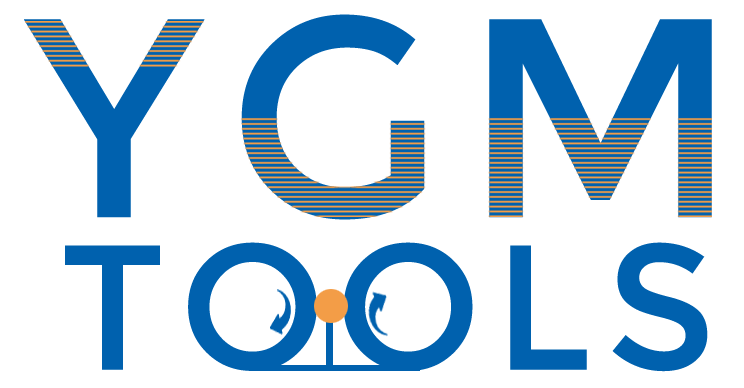
-
 Afrikaans
Afrikaans -
 Albanian
Albanian -
 Amharic
Amharic -
 Arabic
Arabic -
 Armenian
Armenian -
 Azerbaijani
Azerbaijani -
 Basque
Basque -
 Belarusian
Belarusian -
 Bengali
Bengali -
 Bosnian
Bosnian -
 Bulgarian
Bulgarian -
 Catalan
Catalan -
 Cebuano
Cebuano -
 Corsican
Corsican -
 Croatian
Croatian -
 Czech
Czech -
 Danish
Danish -
 Dutch
Dutch -
 English
English -
 Esperanto
Esperanto -
 Estonian
Estonian -
 Finnish
Finnish -
 French
French -
 Frisian
Frisian -
 Galician
Galician -
 Georgian
Georgian -
 German
German -
 Greek
Greek -
 Gujarati
Gujarati -
 Haitian Creole
Haitian Creole -
 hausa
hausa -
 hawaiian
hawaiian -
 Hebrew
Hebrew -
 Hindi
Hindi -
 Miao
Miao -
 Hungarian
Hungarian -
 Icelandic
Icelandic -
 igbo
igbo -
 Indonesian
Indonesian -
 irish
irish -
 Italian
Italian -
 Japanese
Japanese -
 Javanese
Javanese -
 Kannada
Kannada -
 kazakh
kazakh -
 Khmer
Khmer -
 Rwandese
Rwandese -
 Korean
Korean -
 Kurdish
Kurdish -
 Kyrgyz
Kyrgyz -
 Lao
Lao -
 Latin
Latin -
 Latvian
Latvian -
 Lithuanian
Lithuanian -
 Luxembourgish
Luxembourgish -
 Macedonian
Macedonian -
 Malgashi
Malgashi -
 Malay
Malay -
 Malayalam
Malayalam -
 Maltese
Maltese -
 Maori
Maori -
 Marathi
Marathi -
 Mongolian
Mongolian -
 Myanmar
Myanmar -
 Nepali
Nepali -
 Norwegian
Norwegian -
 Norwegian
Norwegian -
 Occitan
Occitan -
 Pashto
Pashto -
 Persian
Persian -
 Polish
Polish -
 Portuguese
Portuguese -
 Punjabi
Punjabi -
 Romanian
Romanian -
 Russian
Russian -
 Samoan
Samoan -
 Scottish Gaelic
Scottish Gaelic -
 Serbian
Serbian -
 Sesotho
Sesotho -
 Shona
Shona -
 Sindhi
Sindhi -
 Sinhala
Sinhala -
 Slovak
Slovak -
 Slovenian
Slovenian -
 Somali
Somali -
 Spanish
Spanish -
 Sundanese
Sundanese -
 Swahili
Swahili -
 Swedish
Swedish -
 Tagalog
Tagalog -
 Tajik
Tajik -
 Tamil
Tamil -
 Tatar
Tatar -
 Telugu
Telugu -
 Thai
Thai -
 Turkish
Turkish -
 Turkmen
Turkmen -
 Ukrainian
Ukrainian -
 Urdu
Urdu -
 Uighur
Uighur -
 Uzbek
Uzbek -
 Vietnamese
Vietnamese -
 Welsh
Welsh -
 Bantu
Bantu -
 Yiddish
Yiddish -
 Yoruba
Yoruba -
 Zulu
Zulu
Understanding OEM Thread Rolling Machine HS Code for Efficient Industrial Applications and Compliance
Understanding OEM Thread Rolling Machines and Their HS Codes
In the world of manufacturing and industrial machinery, OEM (Original Equipment Manufacturer) thread rolling machines play a critical role in the production of threaded components used across a wide array of applications, from automotive to aerospace. These machines are specifically designed to create threads on metal rods by deforming the material rather than cutting it, resulting in increased strength and durability of the finished product. One of the integral aspects of international trade for such machinery is the Harmonized System (HS) code, which classifies products for customs purposes.
What are Thread Rolling Machines?
Thread rolling machines utilize a process known as cold forming to create threads. In this method, a cylindrical workpiece is placed between two dies that have the reverse profile of the desired thread. As the dies rotate around the workpiece, they apply pressure, causing the material to flow and form threads. This process improves the mechanical properties of the metal and significantly reduces material wastage compared to traditional cutting methods.
These machines are essential for producing fasteners, bolts, screws, and a variety of components essential to mechanical assembly. Their efficiency and capability to produce precise, high-quality threads have made them a staple in manufacturing industries worldwide.
The Importance of HS Codes
When it comes to international trade, every product is assigned a Harmonized System code, commonly referred to as an HS code. This numerical classification system helps customs authorities across countries facilitate trade by standardizing the classification of goods. The HS code is utilized for tariff purposes and assists in identifying products that are subject to trade restrictions or duties.
oem thread rolling machine hs code

For OEM thread rolling machines, the HS code will typically fall under a category that encompasses machinery for metal forming. While the precise HS code can vary by country, it is essential for manufacturers and importers to be diligent in ensuring they are using the correct classification. An accurate HS code can not only facilitate smoother customs clearance but also ensure compliance with import/export regulations.
Choosing the Correct HS Code for OEM Thread Rolling Machines
To find the correct HS code for OEM thread rolling machines, businesses need to consider several factors, including the machine type, its specific function, and the materials it processes. Generally, HS codes for machinery related to metal forming are categorized under Chapter 84 of the Harmonized System, which deals with machinery and mechanical appliances.
For example, within Chapter 84, subsections may detail specific operations such as thread rolling. It is advisable for manufacturers and exporters to consult with customs experts or refer to official tariff schedules to determine the most accurate code. Incorrect classification can lead to delays, penalties, or additional tariffs, emphasizing the importance of accuracy in international trade documentation.
Conclusion
OEM thread rolling machines are invaluable tools in modern manufacturing, streamlining the production of threaded components and enhancing product quality. Understanding the significance of HS codes associated with these machines is equally crucial for businesses engaged in international trade. By ensuring accurate classification, manufacturers can navigate customs processes more efficiently, leading to smoother transactions and enhanced global commerce. As industries continue to expand, the role of HS codes and compliance with trade regulations will only become more vital for businesses in the manufacturing sector.
